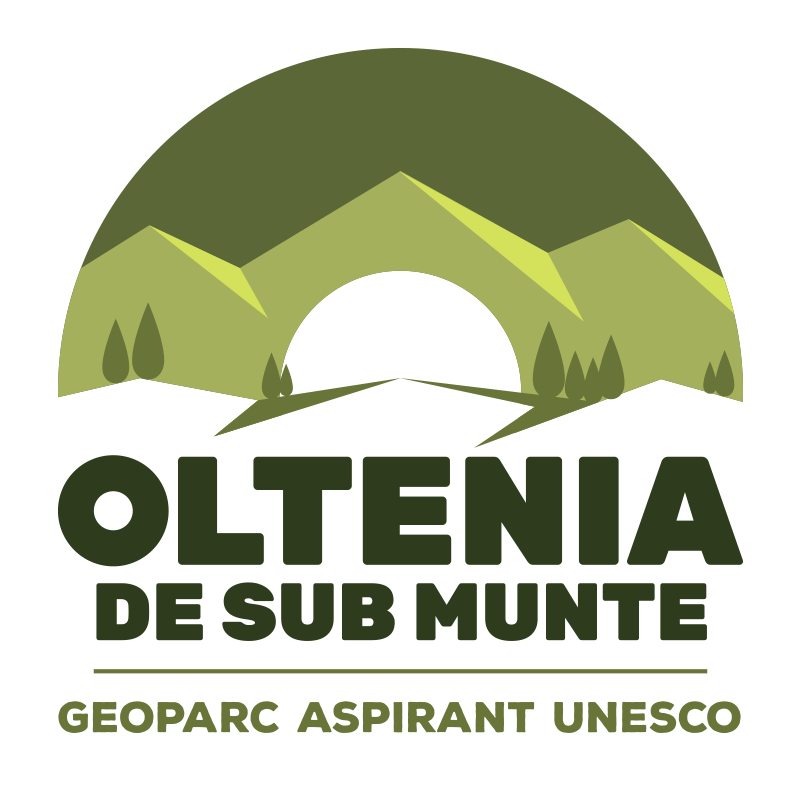History
The villages in the area - a brief history
At the foot of the Buila-Vânturarița Massif there are several ancient settlements: Vaideeni Commune (Cerna, Cornet, Izvoru Rece, Marița and Vaideeni villages), Horezu Town (and Ifrimești, Râmești, Romanii de Jos, Romanii de Sus, Tănăsești and Urșani villages), Costești Commune (Costești, Bistrița, Pietreni and Văratici villages), Bărbătești Commune (Bărbătești villages, Bodești, Negrulești and Bârzești), Stoenești Commune (the villages of Bârlogu, Budurăști, Deleni, Dobriceni, Gruieni, Gruiu, Mogoșești, Neghinești, Piscu Mare, Popești, Stoenești, Suseni and Zmeurătu), Băile Olănești Town (and the villages of Cheia, Tisa, Comanca, Gurguiata).
The presence of man in the settlements along the valleys of the rivers flowing at the foothills of Buila is very old. Neolithic remains discovered in caves and near the first village cemeteries testify to the settlement of these lands sheltered from calamities since ancient times. In Costești, the Ferigile culture from the Second Iron Age was discovered. Two brothers, Bărbat and his brother Litovoi, were leaders of the first feudal organizations in Wallachia (13th century). Bărbat's descendants are said to have founded Bărbătești.
Further on, the history of the place revolves around the numerous monastic settlements in the area: Bistrița Monastery, Arnota Monastery, Hurezi Monastery, Sărăcinești Monastery, Pahomie Hermitage, Pătrunsa Hermitage, Păpușa Hermitage, 44 Izvoare Hermitage, Peri Hermitage, Iezer Hermitage, Bradu Hermitage, Jgheaburi Hermitage, Frăsinei Monastery.
